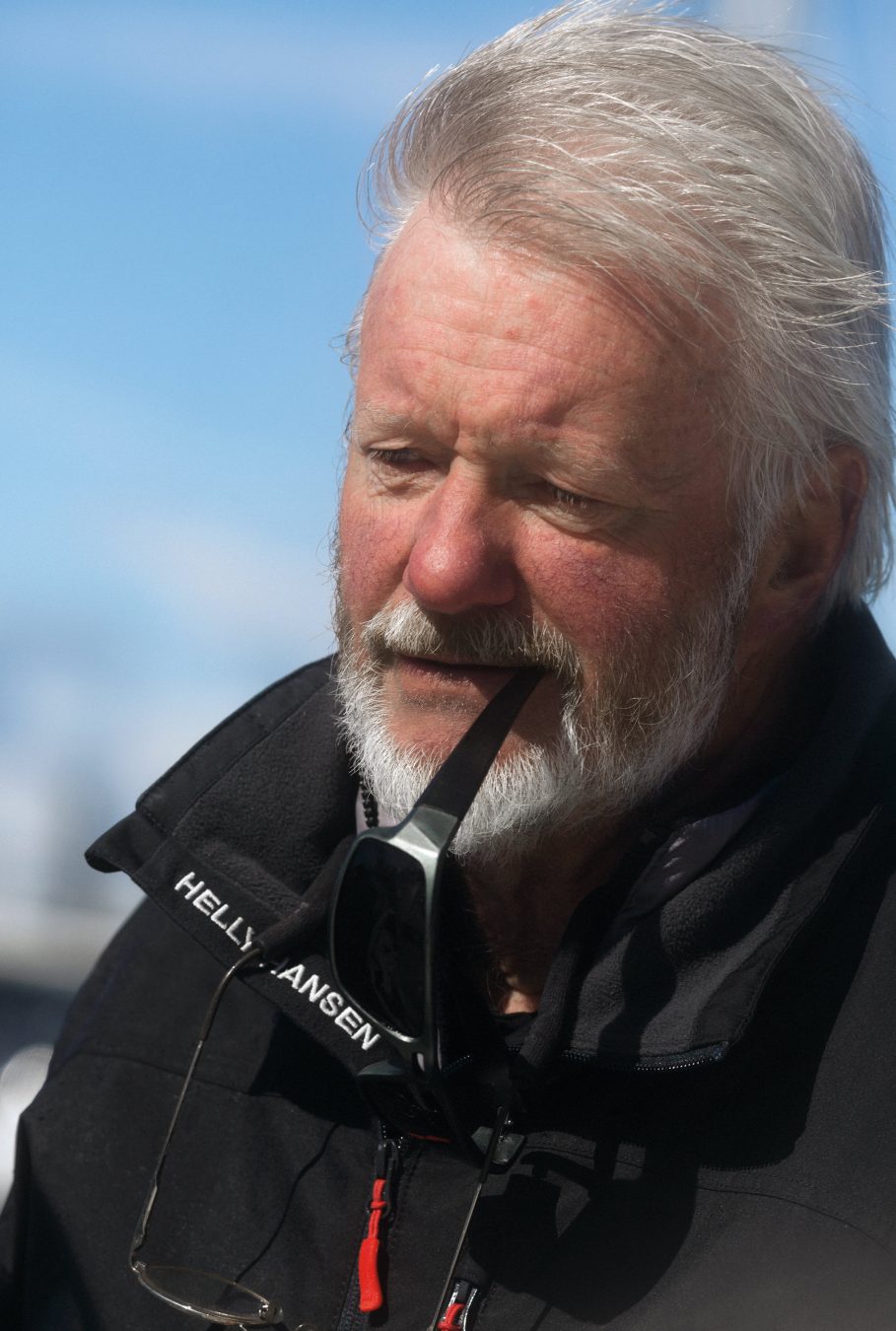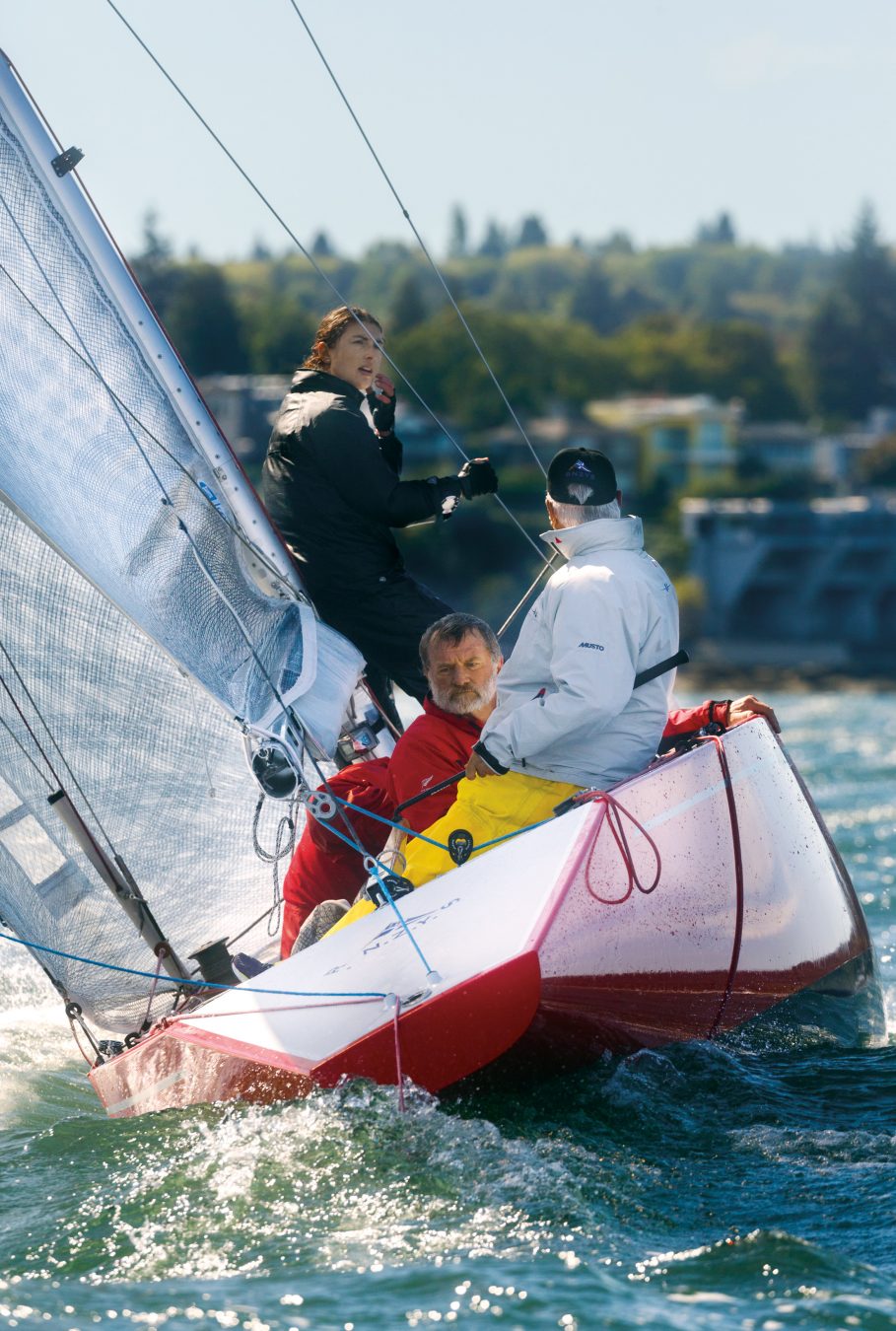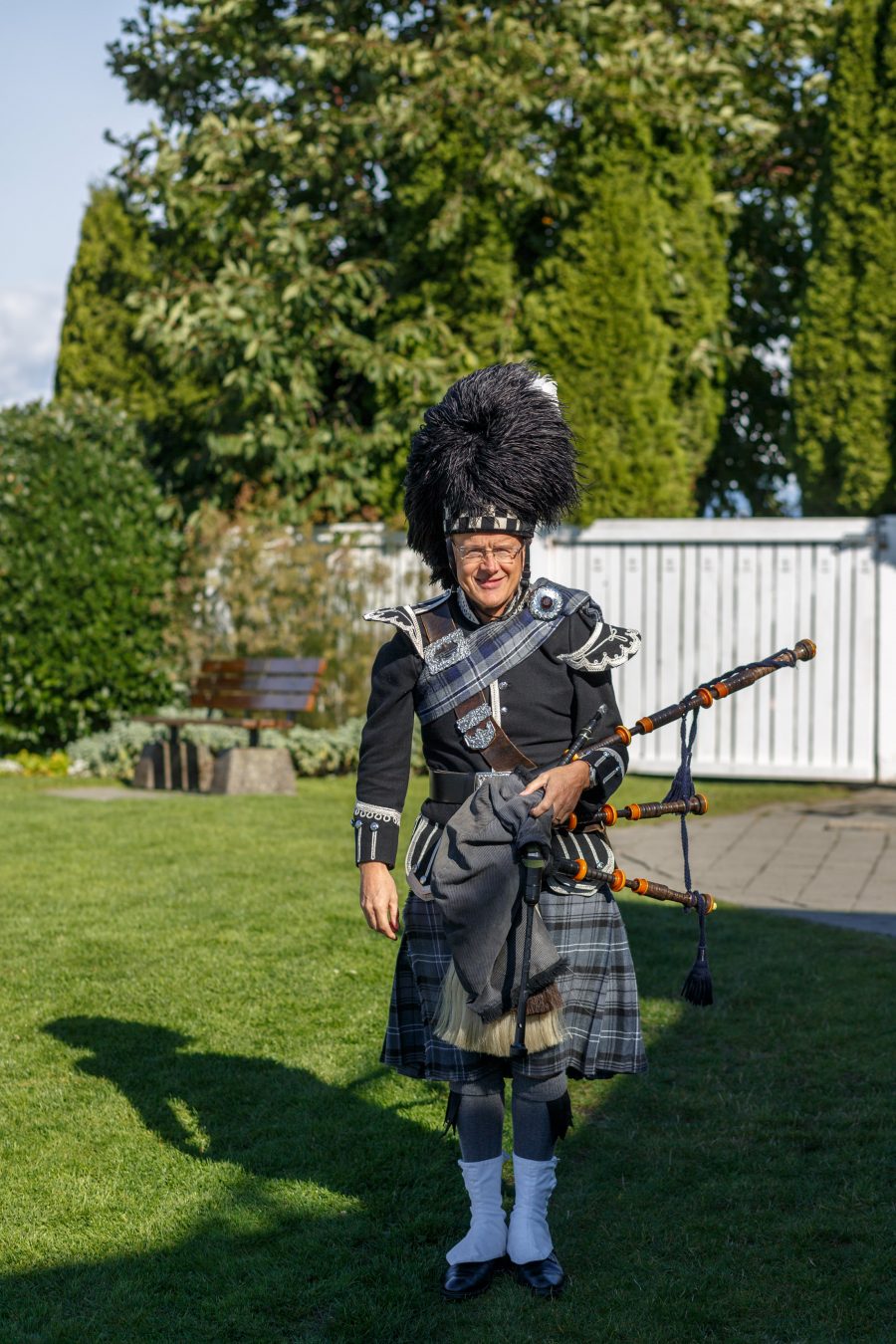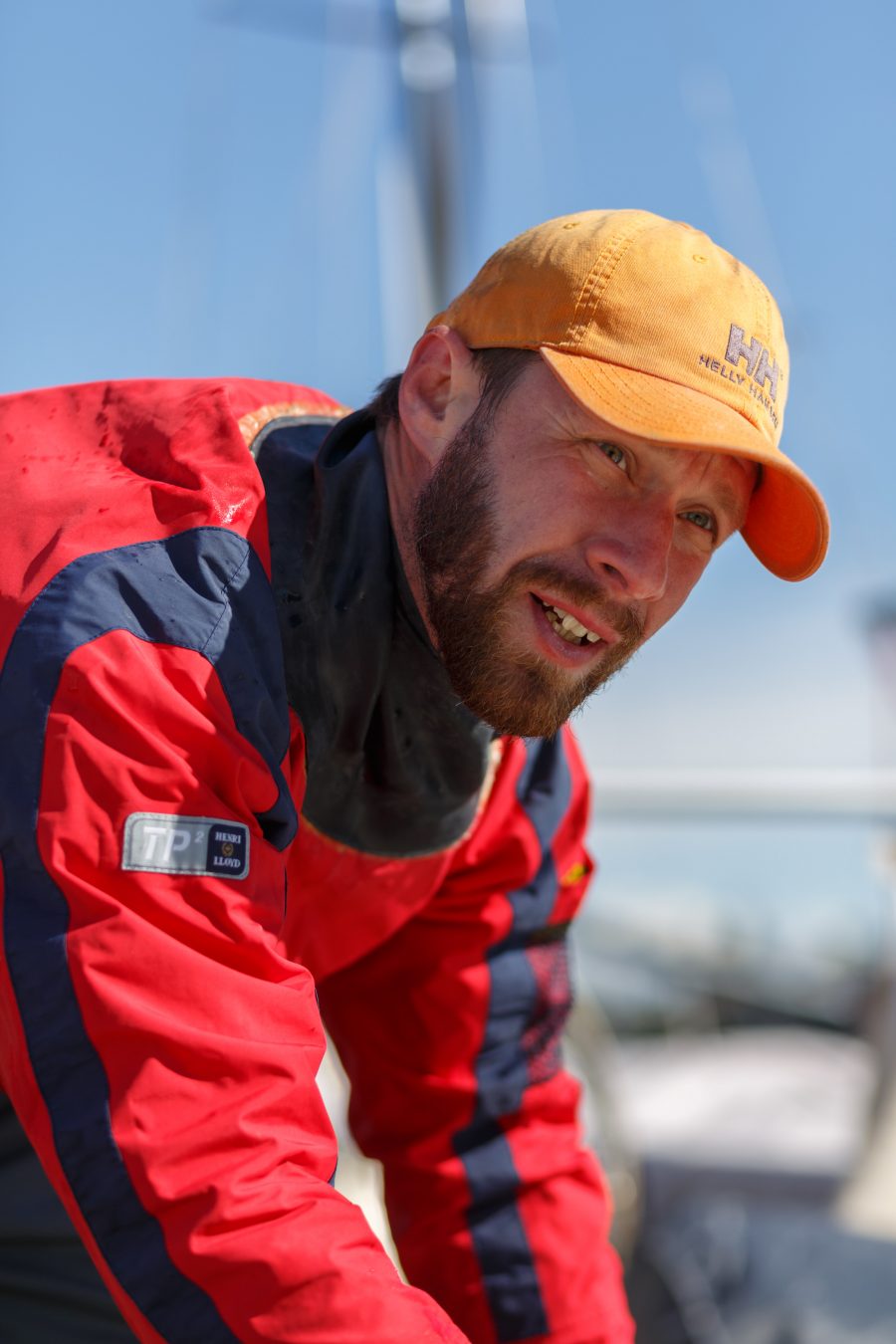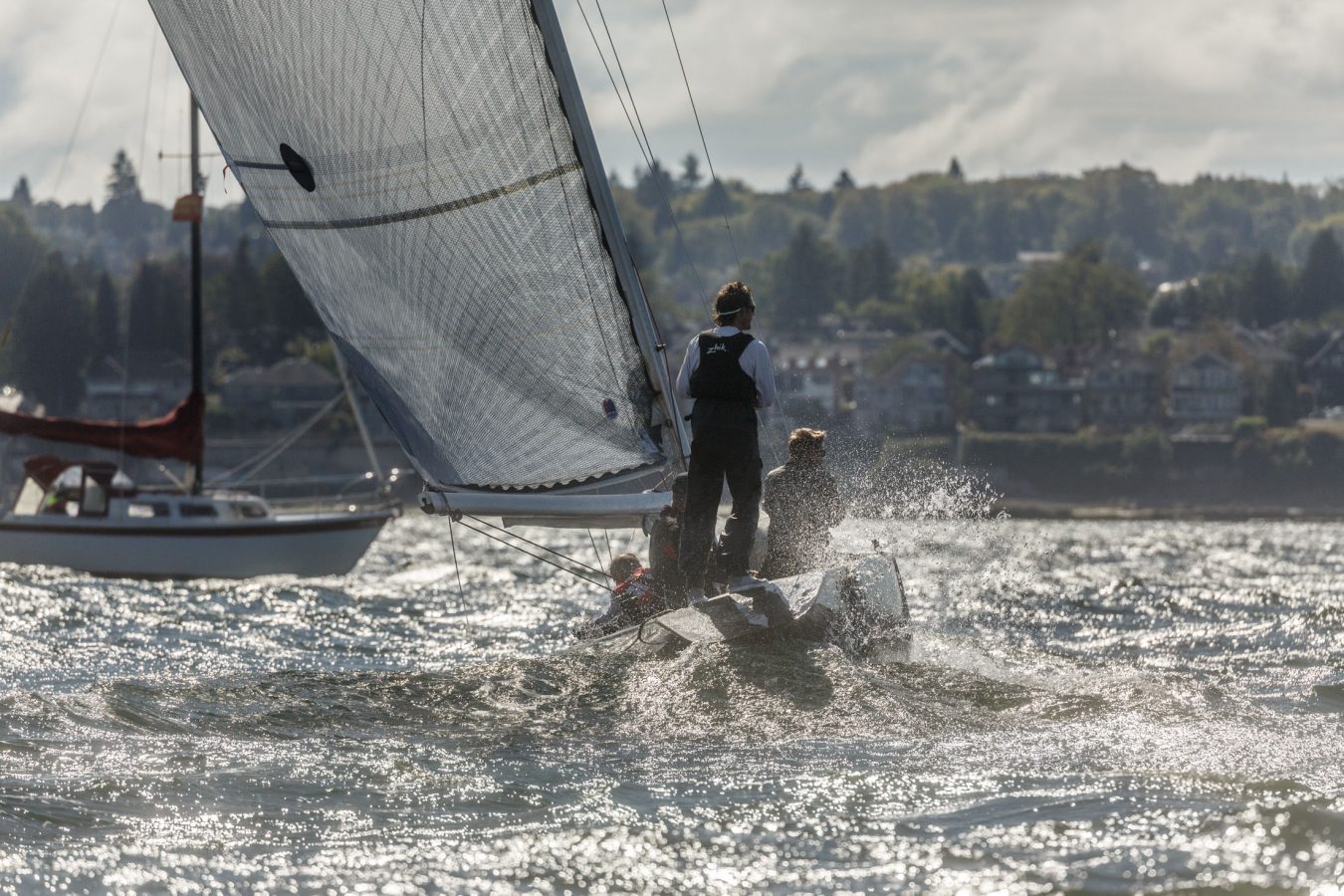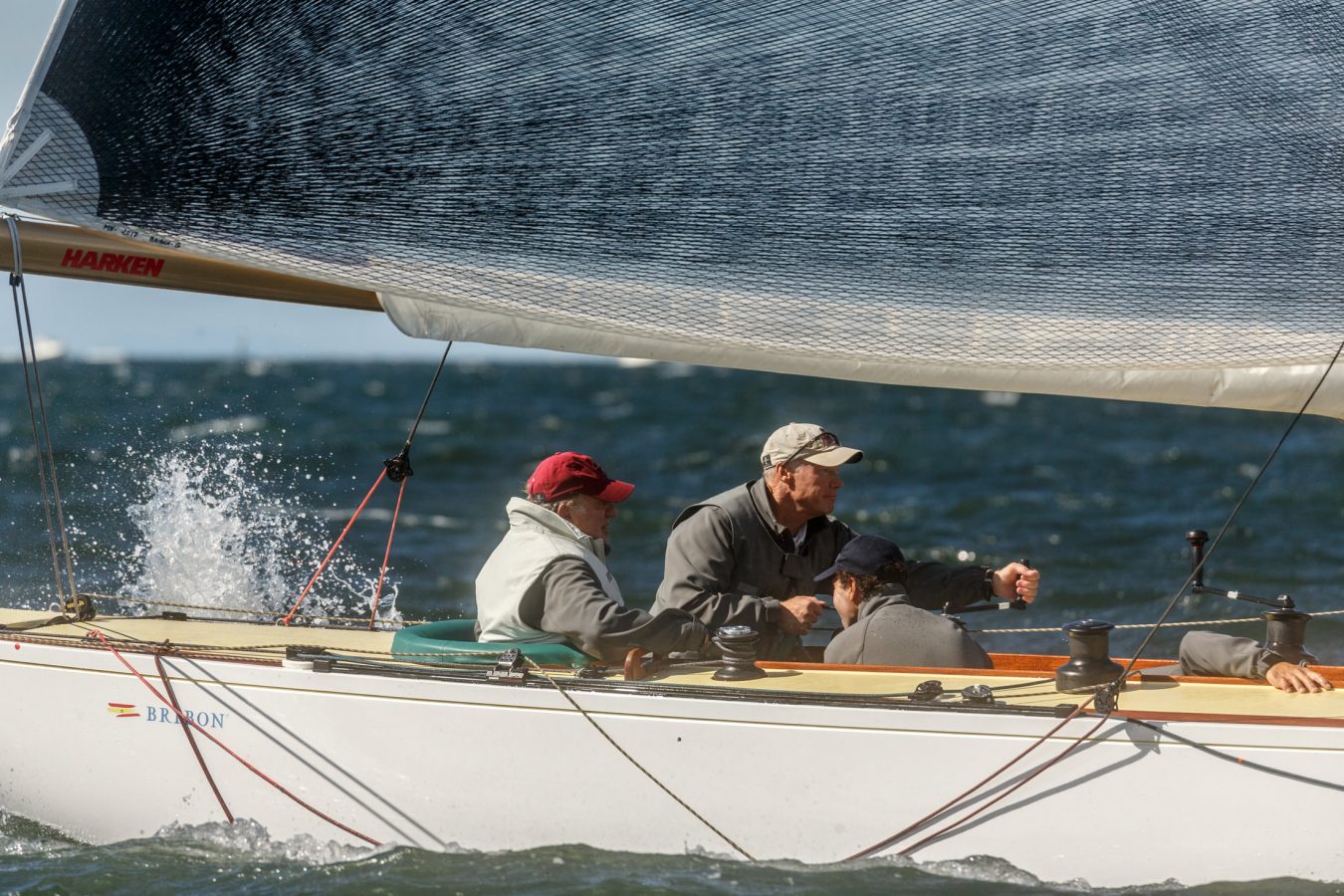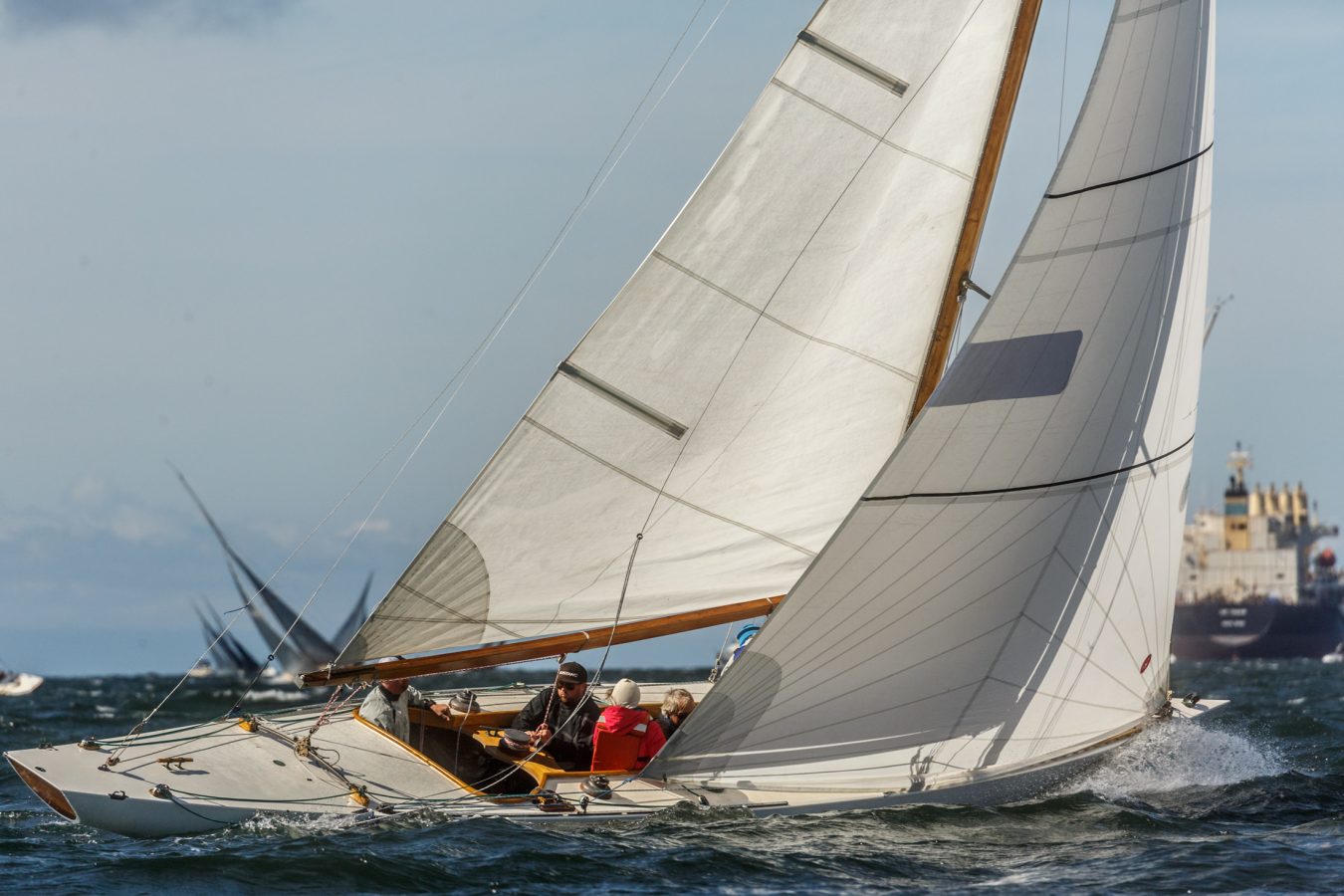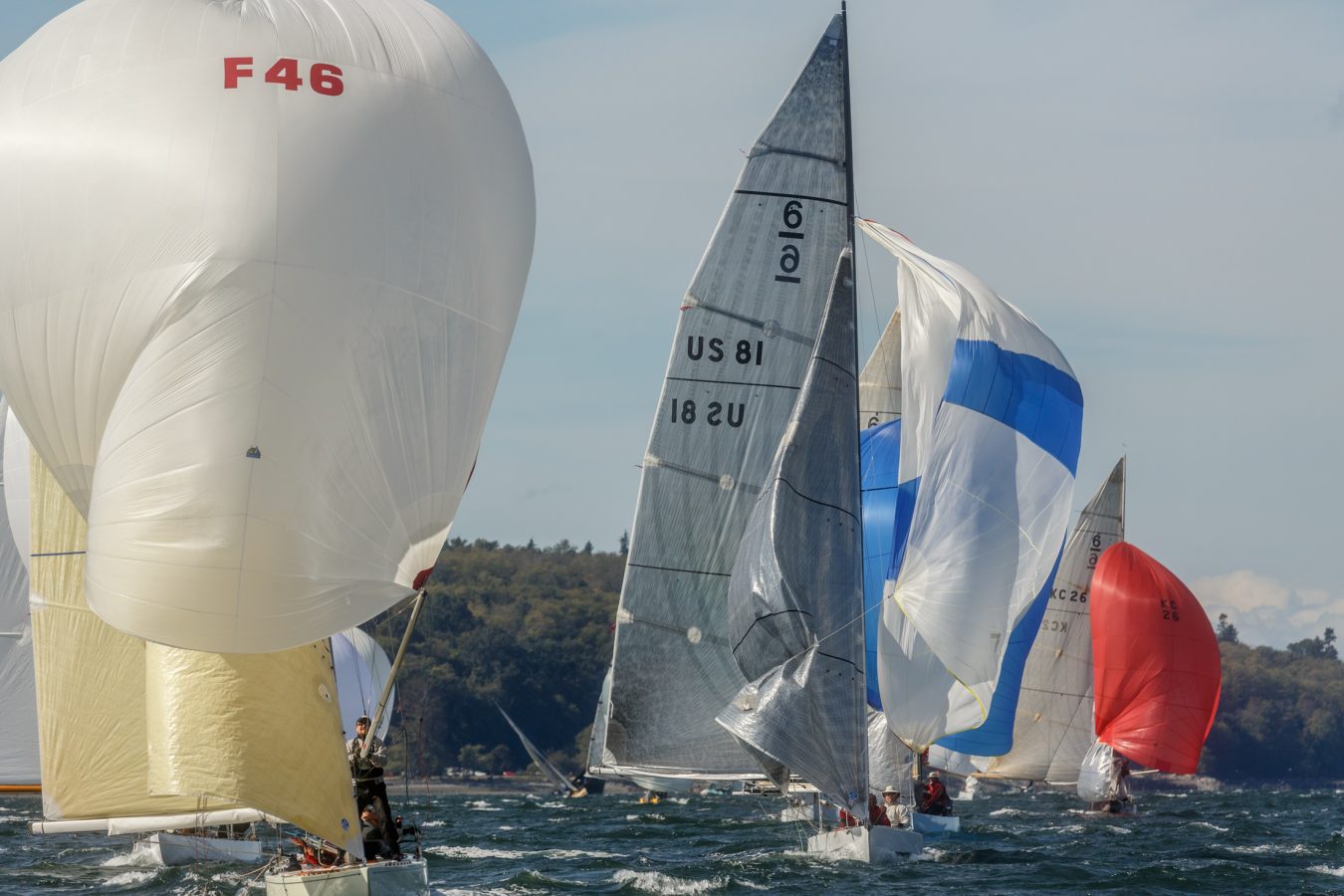From the shore, it seems a perfect day to be at sea. The morning is brisk and bright, with nothing barring the sunshine but a few wisps of clouds high overhead. Tufts of puffier clouds bunch low over the North Shore Mountains, billowing off beyond the Vancouver skyline. From the Royal Vancouver Yacht Club in West Point Grey, downtown looks like a postcard.
Even more picturesque are the boats on Burrard Inlet. Forty-five yachts, representing 11 countries, are competing in Vancouver for the Six Metre Class World Championships. Five races must be finished in order to complete the regatta, though more will be sailed so that contestants can eliminate their lowest scores.
Race number five is underway. There are, in fact, two different races being held side by side. The 21 boats built prior to 1967 are in the Classic division, the oldest of which is from 1928; the other 24, built in 1967 or later, race in the Open, or Modern, division.

Technical innovations divide the Moderns from the Classics; at a glance, many Classics sport wooden hulls as opposed to the fibreglass of newer boats. Consistent among both is the sleek silhouette of an archetypal sailing yacht. With total lengths of less than 40 feet and a beam of just over six feet, these boats are neither too small nor too big, with crews of four or five sailors. Still, a nimble appearance belies a mass of over four tonnes, with much of that weight concentrated underwater, down in the keel. While the shapes and dimensions of the boats vary, they all measure six metres along the waterline—hence the Six Metre designation. “What is interesting about the Six Metre Class is that each boat is unique,” explains Rainer Müller, a boating enthusiast and one of the key figures responsible for bringing the race to Vancouver. “Each boat is a boat that has only been built once.”
Müller estimates that there are about 1,200 boats in this class worldwide, 200 of which are active in racing. Long regarded as the younger sibling of the Twelve Metre Class, the smaller and less expensive Six Metre has seen the emergence of game-changing techniques and technologies that have affected the sport across all classes.
“If you could pick one boat class to tell the history of sailing, then you should pick the Six Metre Class,” says Müller. Much of its recent history is based here on the Pacific Northwest coast, where passion for Six Metre yachts remained even as they fell out of favour in the 1960s. The first World Championship was organized in Puget Sound.
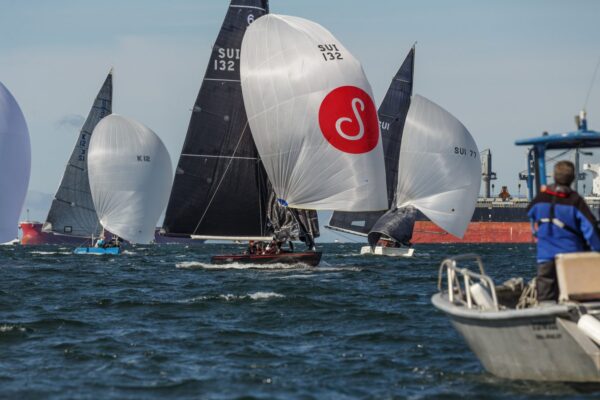
The boats are beautiful. They glide around the boldly-coloured buoys that delimit the course, against a variegated backdrop of kites off Spanish Banks. On the last leg of the race, the yachts’ spinnakers swell like balloons, catching the tailwind. Prominent among them is the Bribón Gallant, sailed by Juan Carlos I, the former king of Spain. At a distance, the race resembles less a hard-fought sport than a celebratory procession.
But out on the water, things are far less calm. The wind gusts at 18 knots, sometimes as high as 20. If wind speeds sustain 22 knots, the race is cancelled. The yachts also create waves, churning up the already choppy conditions. Three- to four-foot piles of seawater pound the boats’ hulls; up close, the sailboats—so ostensibly upright and steady when viewed from the shore—visibly totter and swerve. For the competitors from abroad, this is a taste of Vancouver’s capricious weather; yesterday, the races were rescheduled due to there being no breeze at all.
As the elements grow fiercer, so does the drama. A rope becomes tangled around the rudder of the Royal New Zealand Yacht Squadron’s Nuvolari; the crew manoeuvres it carefully, finishing this race in 19th place. There is an upset in the Classic division, when May Be VII, sailed by famed yachtsman and four-time America’s Cup champion Dennis Conner, suffers a crippling malfunction that keeps it from finishing the regatta.
And that doesn’t account for penalties or requests for redress. Throughout the day, there are murmurs of complaints against New Sweden, one of the Canadian yachts. The judges’ decisions are pending. Müller, who owns the boat along with eight others in the regatta, isn’t worried. “We have protests, we have juries,” he notes affably. “A real championship needs this.”
The World Championships have been held every two years since inception in 1973. Nevertheless, this is a year of firsts: it is the first time they have been held in Canada, and it is Peter Wealick’s first time competing. Wealick is the event’s first competitor of First Nations heritage.
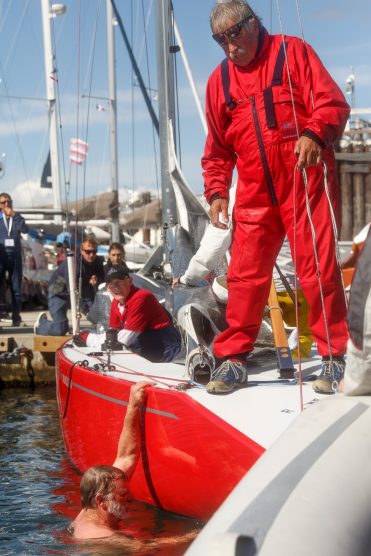
Indigenous culture lends a unique outlook to this year’s championships. Among the festivities, which included a celebratory dinner at the Museum of Anthropology, was the naming ceremony for Wealick’s yacht. Originally called Tsigane, from a French term for Roma gypsies, the boat was rechristened Maxi’nux: it means “killer whale” in Kwakiutl, the language of Wealick’s mother’s nation. Wealick, who worked for a decade as an artist under such illustrious mentors as Bill Reid and Tony Hunt, designed the logo on Maxi’nux’s spinnaker. Merging traditional First Nations elements and modern flourishes, the image depicts two orca whales breaching.
The final scores are tallied at the end of the regatta. In a true storybook ending, Juan Carlos I wins the Classic division, claiming the Djinn Trophy. The World Cup goes to Junior, a Swiss yacht, with the Müller-owned New Sweden coming in close second. Maxi’nux misses the top 10 by just one point.
Still, it’s an astonishing finish for a crew relatively new to the class. Wealick has blazed a successful trail, or perhaps left a successful wake. In a city known for pleasure boating, these championships—and Wealick’s strong presence in them—might prompt more local sailors to try their hand at a rigorous but rewarding sport.
More Community stories here.

